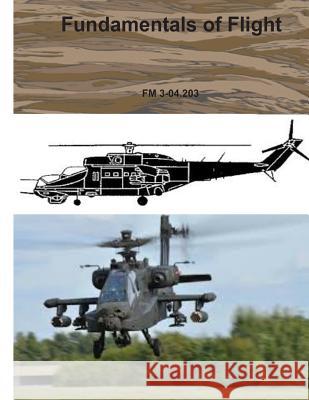Fundamentals of Flight: FM 3-04.203 » książka
Fundamentals of Flight: FM 3-04.203
ISBN-13: 9781499275018 / Angielski / Miękka / 2014 / 386 str.
One of the underlying premises of Army aviation is if crewmembers understand 'why' they will be better prepared to 'do' when confronted with the unexpected. FM 3-04.203 endeavors to ensure that crewmembers understand the basic physics of flight, and the dynamics associated with fixed- and rotary-wing aircraft. A comprehensive understanding of these principles will better prepare a crewmember for flight, transition training, and tactical flight operations. Because the U.S. Army prepares its Soldiers to operate anywhere in the world, this publication describes the unique requirements and flying techniques crewmembers will use to successfully operate in extreme environments, not always encountered in home station training. As a full-time force, the U.S. Army is capable of using the advantages of its superior night operation technologies to leverage combat power. To that end, Army crewmembers must be familiar and capable of performing their mission proficiently and tactically at night. The information on night vision systems (NVSs) and night operations in this circular will provide the basis for acquiring these skills. Every aviator understands that the primary purpose is to operate aircraft safely. Every crewmember must perform the mission effectively and decisively in tactical and combat operations. FM 3-04.203 also covers basic tactical flight profiles, formation flight, and air combat maneuvers. FM 3-04.203 is an excellent reference for Army crewmembers; however, it can not be expected that this circular is all inclusive or a full comprehension of the information will be obtained by simply reading the text. A firm understanding will begin to occur as crewmembers become more experienced in their particular aircraft, study the tactics, techniques, and procedures (TTP) of their units, and study other sources of information. Crewmembers honing skills should review FM 3-04.203 periodically to gain new insights.












